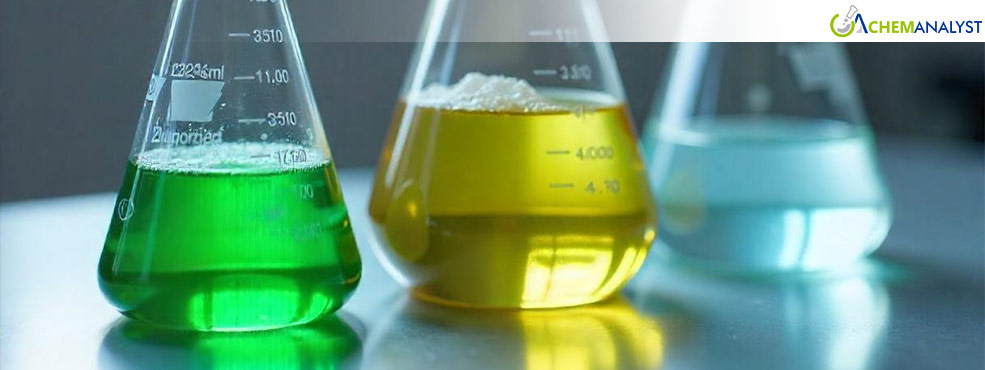Welcome To ChemAnalyst

In April, the Indian market witnessed a noticeable increase in Cetyl Trimethyl Ammonium Chloride (CTAC) prices, driven by a combination of rising upstream raw material costs and robust demand from downstream personal care and cosmetic industries.
Cost increases for upstream raw materials, especially trimethylamine and cetyl alcohol, which are essential for the production of CTAC, were the main cause of the price increase. The supply chain was further strained by global supply disruptions, high feedstock prices, and increased freight costs, which reduced availability and forced manufacturers to raise prices. The overall cost inflation for imported raw materials was also influenced by changes in the price of crude oil and currency exchange rates, which in turn affected the prices of CTAC in India.
The downstream personal care and cosmetics industry continued to grow rapidly on the demand side. In India, the peak summer season began in April and is typically linked to higher consumption of skin and hair care products like lotions, creams, conditioners, and anti-static formulations—all of which are important uses for CTAC. In response to growing consumer demand, major FMCG companies and contract manufacturers increased production, which increased CTAC procurement.
In anticipation of future price increases, distributors and formulators restocked, which further increased demand. The expansion of e-commerce platforms has increased disposable incomes, and improved consumer sentiment have all helped the Indian cosmetics industry launch new products more quickly and increase production capacity. The demand for CTAC has been under constant pressure as a result of these developments.
Some domestic suppliers tried to increase production, but their ability to stabilise prices was hampered by the ongoing pressure from high input costs. As a result, some buyers had to accept higher prices in order to ensure timely supply and prevent production interruptions, resulting in tighter negotiation margins. A preference for high-purity CTAC grades has also resulted from regulatory compliance and quality standards in the personal care sector, which further limited supply and raised prices.
Prices for CTAC in India are expected to stay high in the near future, per ChemAnalyst. The steady seasonal demand from the personal care and cosmetics industry, low inventory levels, and ongoing volatility in the price of upstream raw materials are the main drivers of this outlook. Market participants anticipate ongoing price firmness over the next few weeks, barring a significant drop in feedstock prices or a slowdown in consumer demand for personal care items.
We use cookies to deliver the best possible experience on our website. To learn more, visit our Privacy Policy. By continuing to use this site or by closing this box, you consent to our use of cookies. More info.
